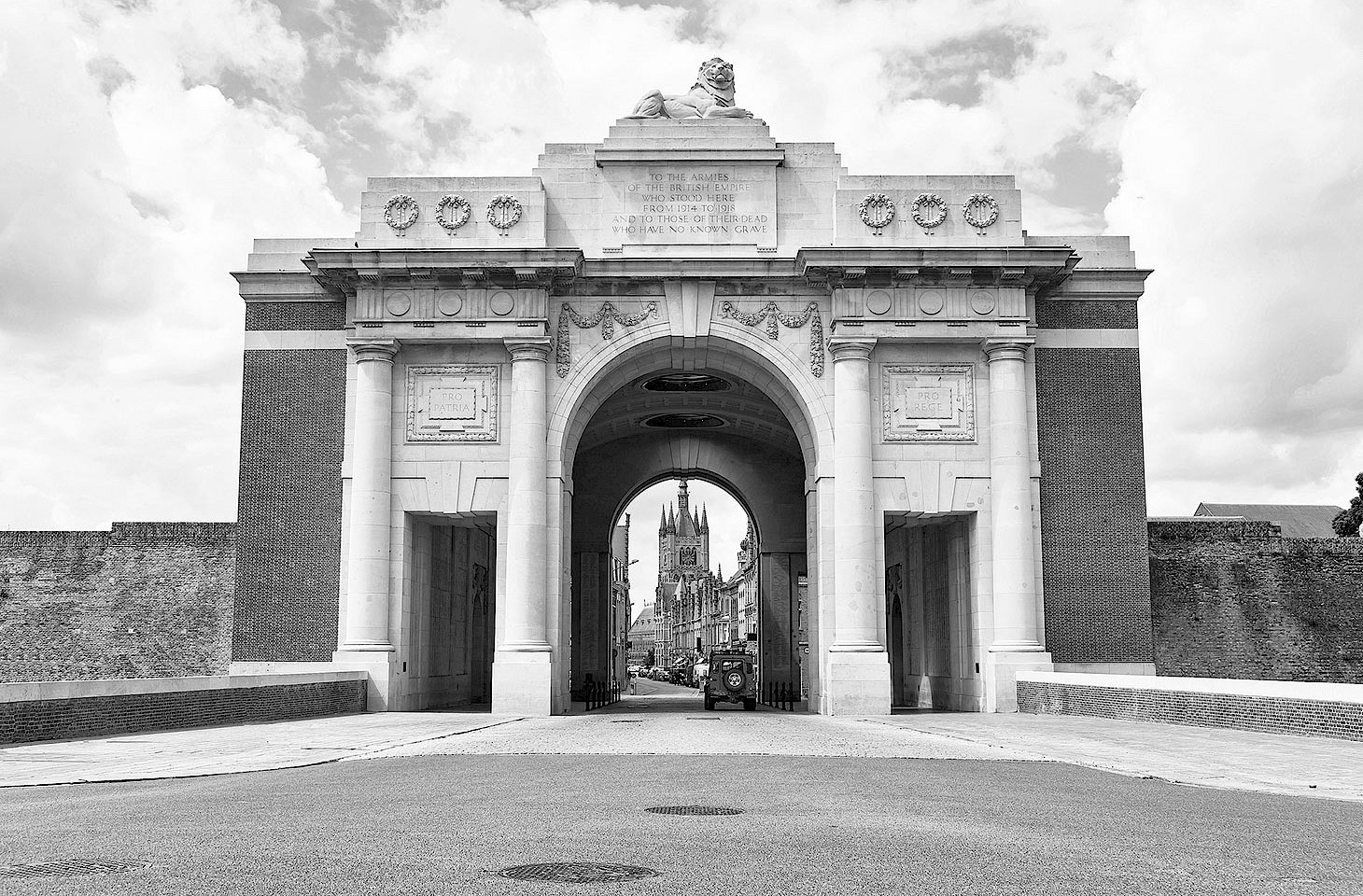Our canoes slip slowly along the Oise, below high banks overhung with trees. Gnarled roots twist down to the edge of the river and long, low-hanging branches drag lightly at the water’s surface. The soft, low murmur of the river blurs with the dip-dip of paddles, fallen branches poke their fingers above the ripples, and occasionally cattle look on from mud-caked paths by the water’s edge, their large eyes following us as the orange hulls glide between patches of dappled sunlight and shade.
This is Thiérache, a corner of France that nestles up against the Belgian border. This part of the département of Aisne is a comparatively little visited region of the country, stretching north-east of Saint-Quentin. It is a gently rolling landscape grazed by cattle, and traversed by the meandering course of the River Oise, a river that flows generally in a south-westerly direction to join the Seine downstream from Paris.
The winding river
It’s the hot early summer of 2022, and we are following the stretch of the Oise east of Guise, having started near the village of Autreppes. The water level is quite low, and we try to keep to the deeper-looking channels, only occasionally getting snagged on a gravelly shoal, where some inelegant wriggling is required before we can continue.
My 12 year old daughter paddles slightly ahead of me, chatting to Lise, a champion of the Thiérache region who works with the local office de tourisme. Lise has come canoeing with us today, and up ahead Raymond Predhomme, the owner of Canoë Évasion from whom we have hired our canoes, moves apparently effortlessly along the river, his arms barely moving and the paddle seeming to hardly dip below the surface.
Raymond speaks of the river almost as an old friend, pointing out birds as they dart furtively across the water. “If we’re lucky,” he says, “we might see a kingfisher.” Raymond talks about what lies above the banks on either side of the Oise, and explains their selfappointed task at Canoë Évasion to collect rubbish from the water. And he’s there to ensure a measure of safety, instructing us carefully how to handle our canoes and paddles before we shoot down a narrow waterspout on one side of a weir.




